Home>Gardening & Outdoor>Landscaping Ideas>What Is Grass Hay
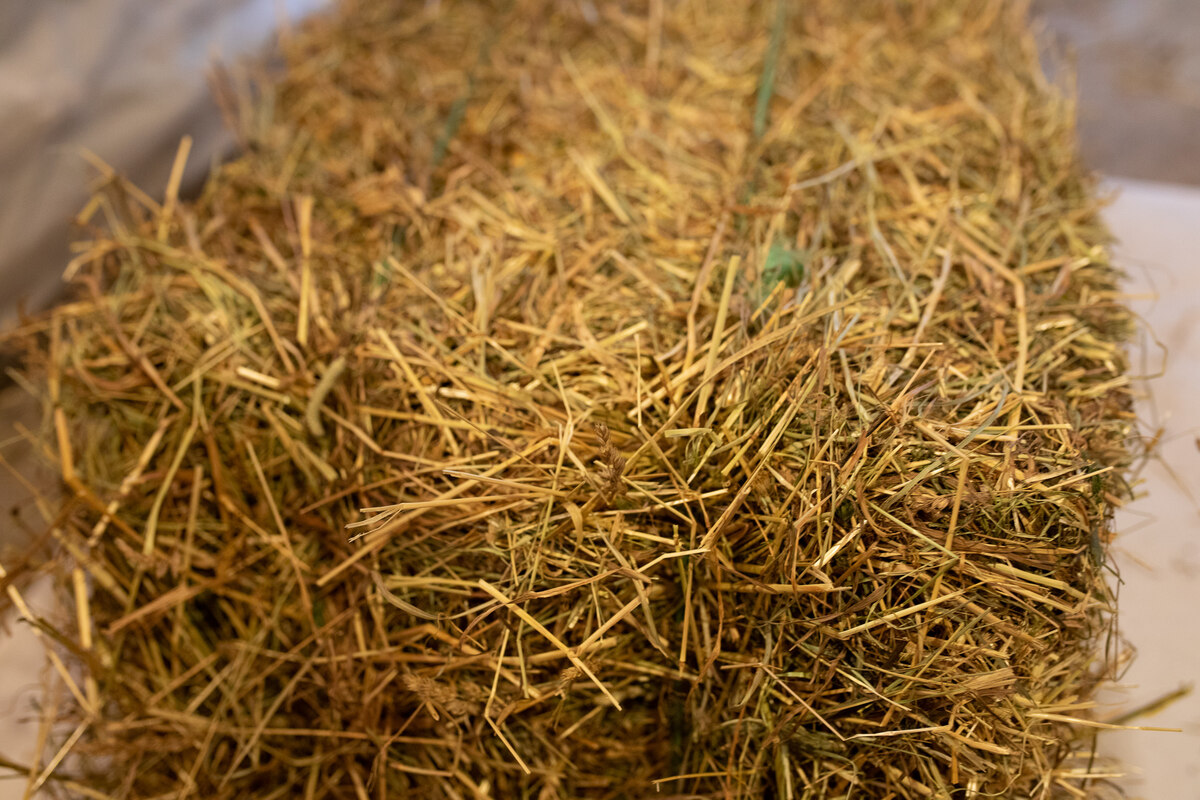

Landscaping Ideas
What Is Grass Hay
Modified: March 27, 2024
Discover the benefits of using grass hay in your landscaping ideas. Learn how to incorporate grass hay for a beautiful and sustainable outdoor space.
(Many of the links in this article redirect to a specific reviewed product. Your purchase of these products through affiliate links helps to generate commission for Storables.com, at no extra cost. Learn more)
Introduction
Grass hay is a fundamental component of many livestock and equine diets, serving as a primary source of nutrition and sustenance for these animals. It is a type of forage that is harvested from various grass species, such as timothy, brome, orchardgrass, and fescue. This essential feedstuff provides a rich array of nutrients, including fiber, protein, and essential minerals, making it a staple in the diets of herbivorous animals.
Grass hay plays a crucial role in maintaining the health and well-being of livestock, including cattle, sheep, and goats, as well as horses and other equines. Its availability and nutritional composition make it a preferred choice for farmers, ranchers, and equestrians seeking to provide their animals with a balanced and natural diet.
Understanding the characteristics, types, nutritional value, and uses of grass hay is essential for those involved in animal husbandry and agriculture. Additionally, proper storage and handling techniques are vital to preserve the quality and integrity of grass hay, ensuring that it remains a valuable and reliable source of nutrition for animals throughout the year.
In this comprehensive guide, we will delve into the various aspects of grass hay, shedding light on its characteristics, nutritional benefits, and practical applications. By exploring the diverse types of grass hay, its nutritional profile, and best practices for storage, we aim to provide valuable insights for farmers, livestock owners, and equestrians alike. Let's embark on a journey to uncover the significance of grass hay and its indispensable role in the realm of animal nutrition and husbandry.
Key Takeaways:
- Grass hay is a vital food for animals like horses and cattle, providing fiber, protein, and essential minerals for their health and digestion. It comes in different types, each with unique benefits for the animals.
- Storing grass hay properly is crucial to maintain its quality and keep it fresh for the animals. It needs to be kept in a dry, well-ventilated area, protected from pests, and regularly checked for spoilage.
Read more: What Grass Is Hay
Characteristics of Grass Hay
Grass hay exhibits a range of distinctive characteristics that contribute to its value as a primary feed source for herbivorous animals. Understanding these attributes is essential for farmers, ranchers, and equestrians seeking to optimize the nutritional intake of their livestock and equines.
-
Fiber Content: Grass hay is renowned for its high fiber content, which is essential for the digestive health of herbivorous animals. The long, fibrous strands present in grass hay promote proper digestion and help prevent issues such as colic in horses and bloat in ruminants.
-
Nutrient Density: While grass hay is not as rich in nutrients as legume hay, such as alfalfa, it still provides a valuable array of essential nutrients. It is a good source of protein, vitamins, and minerals, contributing to the overall health and vitality of animals.
-
Variety of Grass Species: Grass hay encompasses a diverse range of grass species, each with its unique characteristics and nutritional profiles. Common grasses used for hay production include timothy, brome, orchardgrass, and fescue, each offering distinct flavors and nutrient compositions.
-
Color and Texture: The color and texture of grass hay can vary depending on the grass species, maturity at harvest, and storage conditions. Fresh, high-quality grass hay typically exhibits a vibrant green color and a soft, pliable texture, indicating its nutritional value and palatability for animals.
-
Aromatic Properties: High-quality grass hay often possesses a pleasant, sweet aroma, indicative of its freshness and nutritional integrity. The aromatic properties of grass hay can influence its acceptance by animals, as they are naturally drawn to the appealing scent of fresh forage.
-
Seed Head Presence: Depending on the grass species and stage of growth at harvest, grass hay may contain seed heads, which can contribute to its palatability and nutritional diversity. Seed heads add visual interest and may contain additional nutrients that benefit the animals consuming the hay.
Understanding these characteristics empowers farmers and animal caretakers to make informed decisions regarding the selection, storage, and utilization of grass hay. By recognizing the unique attributes of grass hay and its diverse range of grass species, individuals can optimize the nutritional intake and overall well-being of their livestock and equines.
Types of Grass Hay
Grass hay encompasses a diverse array of types, each distinguished by the specific grass species from which it is derived. Understanding the various types of grass hay is essential for farmers, ranchers, and equestrians, as it enables them to select the most suitable options based on their animals' nutritional requirements and preferences. Here are some common types of grass hay:
-
Timothy Hay: Widely recognized for its palatability and balanced nutritional profile, timothy hay is a popular choice for horses and other herbivorous animals. It is characterized by its fine texture, vibrant green color, and sweet aroma, making it highly appealing to animals. Timothy hay is known for its moderate protein content and high fiber levels, promoting digestive health and overall well-being in livestock and equines.
-
Orchardgrass Hay: Orchardgrass hay is valued for its soft texture and rich nutritional composition. It is often favored for its high fiber content and moderate protein levels, making it suitable for a variety of herbivorous animals, including cattle, sheep, and goats. Orchardgrass hay is known for its sweet aroma and palatable nature, contributing to its widespread use in livestock diets.
-
Brome Hay: Brome hay is esteemed for its robust growth and adaptability to various climates and soil types. It is characterized by its coarse texture and robust stems, providing animals with a substantial source of fiber. Brome hay is often utilized in feeding programs for cattle and sheep, as it offers a reliable source of nutrition and promotes healthy digestion.
-
Fescue Hay: Fescue hay is derived from tall fescue grass, known for its hardiness and resilience. This type of grass hay is valued for its ability to thrive in challenging environmental conditions, making it a dependable feed option for livestock. Fescue hay is recognized for its coarse texture and notable fiber content, contributing to its role in supporting the nutritional needs of grazing animals.
-
Ryegrass Hay: Ryegrass hay is esteemed for its rapid growth and high yield potential. It is characterized by its fine texture and vibrant green color, indicative of its nutritional value. Ryegrass hay is often utilized in livestock diets, providing animals with a source of essential nutrients and promoting healthy forage consumption.
By familiarizing themselves with the distinct characteristics and nutritional profiles of these types of grass hay, farmers and animal caretakers can make informed decisions regarding the selection and utilization of hay for their livestock and equines. Each type of grass hay offers unique benefits and considerations, empowering individuals to tailor their feeding programs to meet the specific needs of their animals.
Nutritional Value of Grass Hay
Grass hay serves as a vital source of nutrition for herbivorous animals, offering a diverse array of essential nutrients that contribute to their overall health and well-being. Understanding the nutritional value of grass hay is paramount for farmers, ranchers, and equestrians, as it enables them to optimize the dietary intake of their livestock and equines.
Essential Nutrients
Grass hay is rich in fiber, a crucial component that supports proper digestion and gastrointestinal health in herbivorous animals. The high fiber content of grass hay aids in regulating the digestive process, preventing issues such as colic in horses and bloat in ruminants. Additionally, grass hay provides a moderate level of protein, essential for muscle development, tissue repair, and overall metabolic function in animals. The presence of vitamins, including vitamin A and vitamin E, further enhances the nutritional value of grass hay, contributing to the animals' immune function and overall vitality.
Read more: What Is Grass Hay For Rabbits
Mineral Composition
Grass hay contains essential minerals such as calcium, phosphorus, potassium, and magnesium, which play integral roles in maintaining bone health, muscle function, and overall physiological balance in animals. These minerals are vital for supporting various bodily functions, including nerve transmission, muscle contraction, and the maintenance of proper fluid balance within the body. The mineral composition of grass hay contributes to the comprehensive nutritional support it offers to herbivorous animals, ensuring their dietary requirements are met for optimal health and performance.
Nutrient Diversity
The diverse range of grass species used for hay production results in varied nutrient compositions across different types of grass hay. Each grass species contributes unique nutritional elements, offering farmers and animal caretakers the flexibility to select hay varieties that align with their animals' specific dietary needs. Whether it's the balanced protein content of timothy hay, the rich fiber levels in orchardgrass hay, or the robust mineral profile of brome hay, the nutritional diversity of grass hay enables individuals to tailor their feeding programs to best support the health and vitality of their livestock and equines.
By recognizing the nutritional value of grass hay and its diverse array of essential nutrients, individuals can make informed decisions regarding the inclusion of hay in their animals' diets. The comprehensive nutritional support provided by grass hay underscores its significance as a foundational component of herbivorous animal nutrition, promoting overall health, vitality, and performance.
Uses of Grass Hay
Grass hay serves a multitude of essential purposes in the realm of animal husbandry and agriculture, playing a pivotal role in the nutrition, health, and well-being of herbivorous animals. Its versatile nature and nutritional benefits make it a valuable resource for farmers, ranchers, and equestrians, with a wide range of practical applications. Here are the key uses of grass hay:
Dietary Staple
Grass hay serves as a foundational dietary staple for livestock, including cattle, sheep, and goats, as well as horses and other equines. Its high fiber content and moderate protein levels make it an ideal component of herbivorous animals' diets, supporting proper digestion, metabolic function, and overall health. By incorporating grass hay into feeding programs, farmers and animal caretakers provide their livestock and equines with a consistent and reliable source of essential nutrients, promoting optimal nutrition and well-being.
Read more: What Is Byhalia Grass Hay
Forage and Roughage
Grass hay serves as a primary source of forage and roughage for grazing animals, supplementing their natural grazing habits and ensuring a continuous supply of nourishment. When access to fresh pasture is limited, grass hay becomes instrumental in sustaining the dietary needs of herbivorous animals, offering a consistent source of fiber, vitamins, and minerals. Its role as a forage and roughage component contributes to the overall dietary balance and digestive health of livestock and equines, particularly during periods of inclement weather or pasture scarcity.
Weight Management and Dental Health
Grass hay plays a crucial role in weight management and dental health for herbivorous animals, particularly horses. Its fibrous texture promotes prolonged chewing, which aids in maintaining proper dental wear and minimizing the risk of dental issues. Additionally, the high fiber content of grass hay supports healthy digestion and can help regulate body weight in animals, making it an essential component of dietary plans aimed at weight management and overall metabolic balance.
Behavioral Enrichment
For horses and other equines, grass hay serves as a valuable form of behavioral enrichment, allowing them to engage in natural foraging behaviors and maintain psychological well-being. Providing access to grass hay encourages natural grazing patterns and alleviates boredom, contributing to the animals' mental stimulation and overall contentment. This aspect of grass hay usage is particularly significant for horses kept in stabled environments, where access to pasture grazing may be limited.
Nutritional Supplementation
In addition to serving as a standalone feed source, grass hay can be utilized as a nutritional supplement in conjunction with other feedstuffs, such as grains and concentrates. Its balanced fiber and nutrient composition make it an ideal complement to grain-based diets, enhancing overall dietary diversity and promoting optimal digestive function in animals. By incorporating grass hay as a nutritional supplement, farmers and equestrians can tailor their animals' diets to meet specific nutritional requirements and performance goals.
Read more: What Kind Of Grass Makes Hay
Environmental Bedding
Beyond its role as a feedstuff, grass hay finds application as environmental bedding for livestock, offering a comfortable and absorbent surface for animals to rest upon. Its natural insulating properties and soft texture make it an ideal bedding material, providing a clean and comfortable environment for animals while effectively absorbing moisture and waste. This dual-purpose utilization of grass hay underscores its practical versatility in agricultural settings, where it contributes to both animal nutrition and welfare.
The diverse uses of grass hay underscore its significance as a multifaceted resource in animal care and management. Its role as a dietary staple, forage and roughage source, weight management aid, behavioral enrichment tool, nutritional supplement, and environmental bedding material highlights the indispensable nature of grass hay in supporting the health, well-being, and natural behaviors of herbivorous animals. By harnessing the diverse applications of grass hay, farmers, ranchers, and equestrians can optimize the care and nutrition of their livestock and equines, ensuring their overall vitality and performance.
How to Store Grass Hay
Proper storage of grass hay is essential for maintaining its nutritional quality and preventing spoilage. By implementing effective storage practices, farmers, ranchers, and equestrians can ensure that their hay retains its essential nutrients and palatability, serving as a reliable feed source for their livestock and equines throughout the year.
Storage Location
Selecting an appropriate storage location is the first step in preserving the quality of grass hay. Ideally, hay should be stored in a well-ventilated, dry area that offers protection from the elements. A dedicated hay barn or shed provides an optimal storage environment, shielding the hay from moisture, sunlight, and inclement weather. Proper ventilation is crucial for preventing mold and mildew growth, as well as maintaining the hay's freshness and nutritional integrity.
Hay Stacking and Arrangement
When stacking grass hay for storage, it is important to create uniform, stable stacks that promote air circulation and minimize the risk of spoilage. Stacking hay off the ground on pallets or a well-drained surface helps prevent moisture absorption and deterioration. Additionally, leaving adequate space between hay bales within the stack facilitates airflow, reducing the likelihood of heat buildup and mold formation.
Read more: What Does Grass Hay Look Like
Moisture Management
Controlling moisture levels is paramount in preserving the quality of grass hay. Before storage, it is crucial to ensure that the hay is properly cured and has reached an optimal moisture content of around 15%. Excess moisture can lead to mold growth and heat generation within the hay stack, posing a risk of spontaneous combustion. Regular monitoring of hay moisture levels, especially during periods of high humidity, is essential for preventing moisture-related issues.
Protection from Pests
Protecting stored hay from pests such as rodents and insects is essential for maintaining its quality. Sealing potential entry points and employing pest control measures can help safeguard the hay from infestations. Additionally, utilizing appropriate covers or tarps to shield the hay stacks from bird droppings and other environmental contaminants contributes to the overall cleanliness and palatability of the stored hay.
Rotation and Inventory Management
Implementing a rotation system for stored hay ensures that older inventory is used first, minimizing the risk of spoilage and nutrient degradation. Regularly inspecting stored hay for signs of spoilage, such as musty odors or excessive heat, allows for timely intervention and removal of compromised bales. By maintaining a well-organized inventory and rotation schedule, farmers and equestrians can optimize the utilization of their hay reserves while upholding quality standards.
By adhering to these best practices for storing grass hay, individuals can safeguard its nutritional value and palatability, ensuring that it remains a valuable and dependable feed source for their animals. Effective hay storage not only preserves the essential nutrients and freshness of the hay but also contributes to the overall efficiency and sustainability of livestock and equine management practices.
Conclusion
In conclusion, grass hay stands as a cornerstone of animal nutrition, offering a myriad of benefits that contribute to the health, vitality, and well-being of herbivorous animals. Its high fiber content, balanced nutrient composition, and diverse range of grass species make it an indispensable resource for farmers, ranchers, and equestrians seeking to optimize the dietary intake of their livestock and equines.
The characteristics of grass hay, including its fiber content, nutrient density, and aromatic properties, underscore its significance as a foundational feedstuff. Understanding the unique attributes of grass hay empowers individuals to make informed decisions regarding its selection, storage, and utilization, ensuring that animals receive optimal nutrition and digestive support.
The diverse types of grass hay, such as timothy, orchardgrass, brome, fescue, and ryegrass hay, offer farmers and animal caretakers a range of options to tailor their feeding programs to meet specific dietary needs and preferences. Each type of grass hay brings distinct nutritional benefits, enabling individuals to provide comprehensive dietary support to their animals.
The nutritional value of grass hay, encompassing essential nutrients, mineral composition, and nutrient diversity, underscores its role as a vital source of sustenance for herbivorous animals. Its rich array of nutrients contributes to overall health, immune function, and physiological balance in livestock and equines, making it a fundamental component of their diets.
Furthermore, the diverse uses of grass hay, including its role as a dietary staple, forage and roughage source, weight management aid, behavioral enrichment tool, nutritional supplement, and environmental bedding material, highlight its multifaceted significance in animal care and management. Grass hay serves as a versatile resource that supports various aspects of animal health, behavior, and performance.
Effective storage practices are essential for preserving the quality and nutritional integrity of grass hay, ensuring that it remains a reliable feed source throughout the year. By implementing proper storage techniques, individuals can safeguard the essential nutrients and palatability of hay, contributing to the overall efficiency and sustainability of livestock and equine management practices.
In essence, grass hay embodies a vital component of animal husbandry and agriculture, offering a wealth of nutritional benefits and practical applications. Its role in supporting the health, well-being, and natural behaviors of herbivorous animals underscores its significance as a foundational resource in the realm of animal nutrition and care. By recognizing the diverse attributes, nutritional value, and practical uses of grass hay, individuals can harness its potential to optimize the health and performance of their livestock and equines, ensuring their overall vitality and welfare.
Frequently Asked Questions about What Is Grass Hay
Was this page helpful?
At Storables.com, we guarantee accurate and reliable information. Our content, validated by Expert Board Contributors, is crafted following stringent Editorial Policies. We're committed to providing you with well-researched, expert-backed insights for all your informational needs.
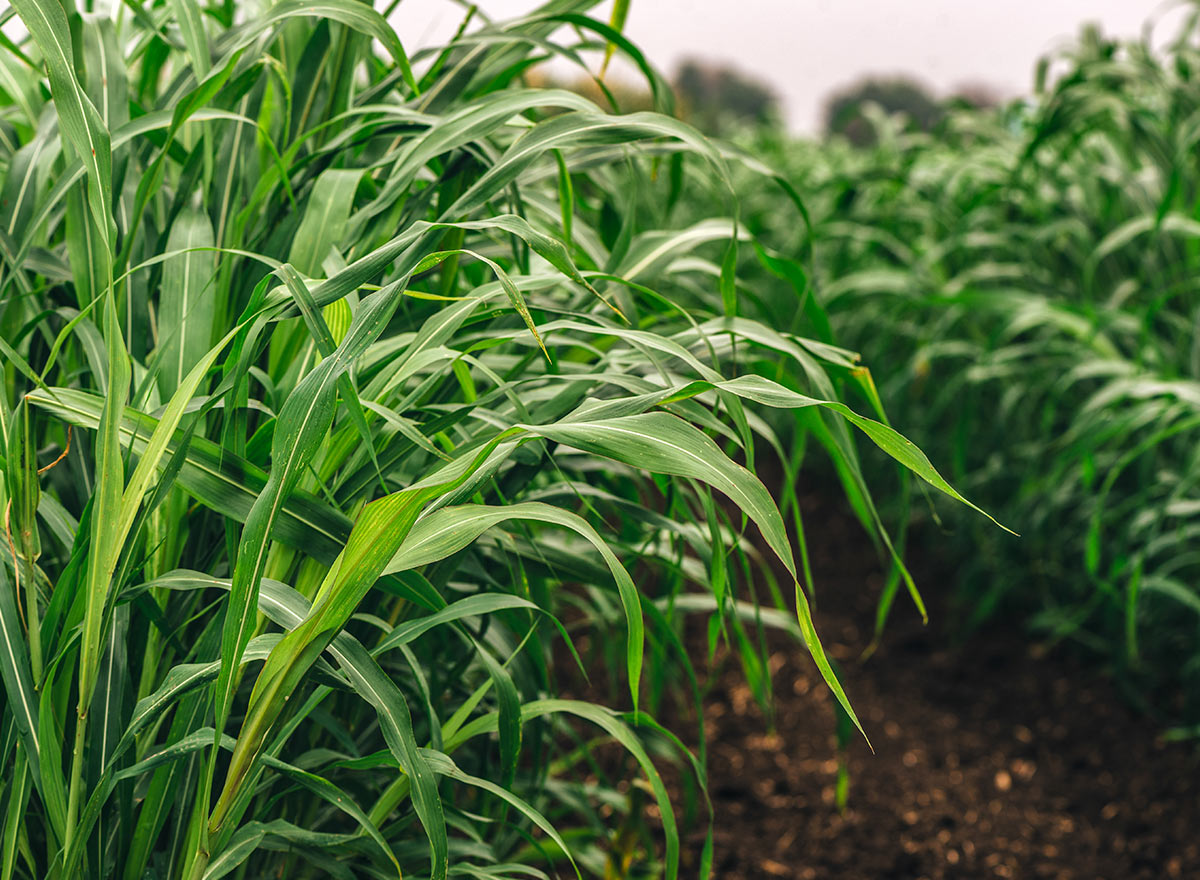
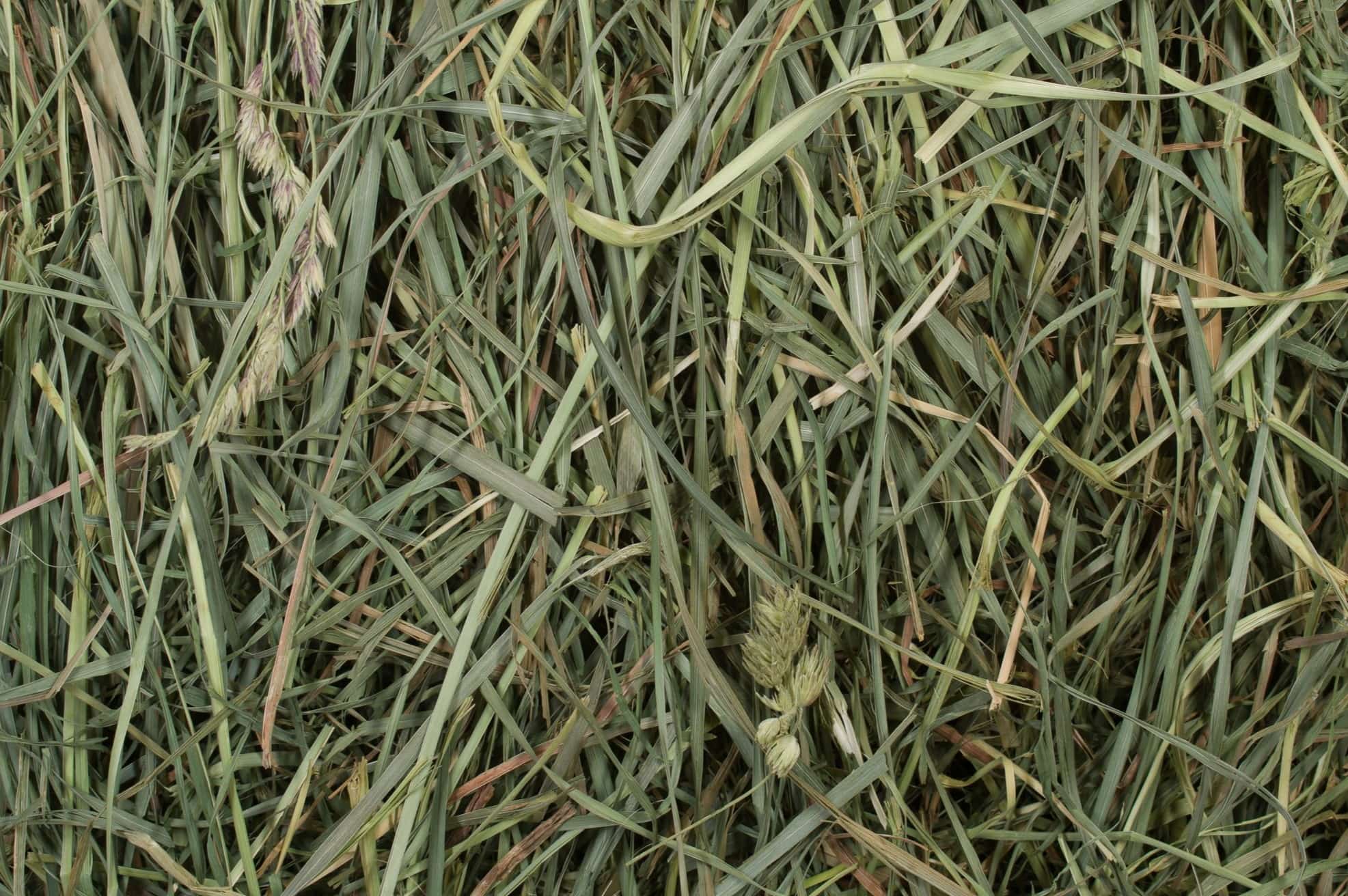
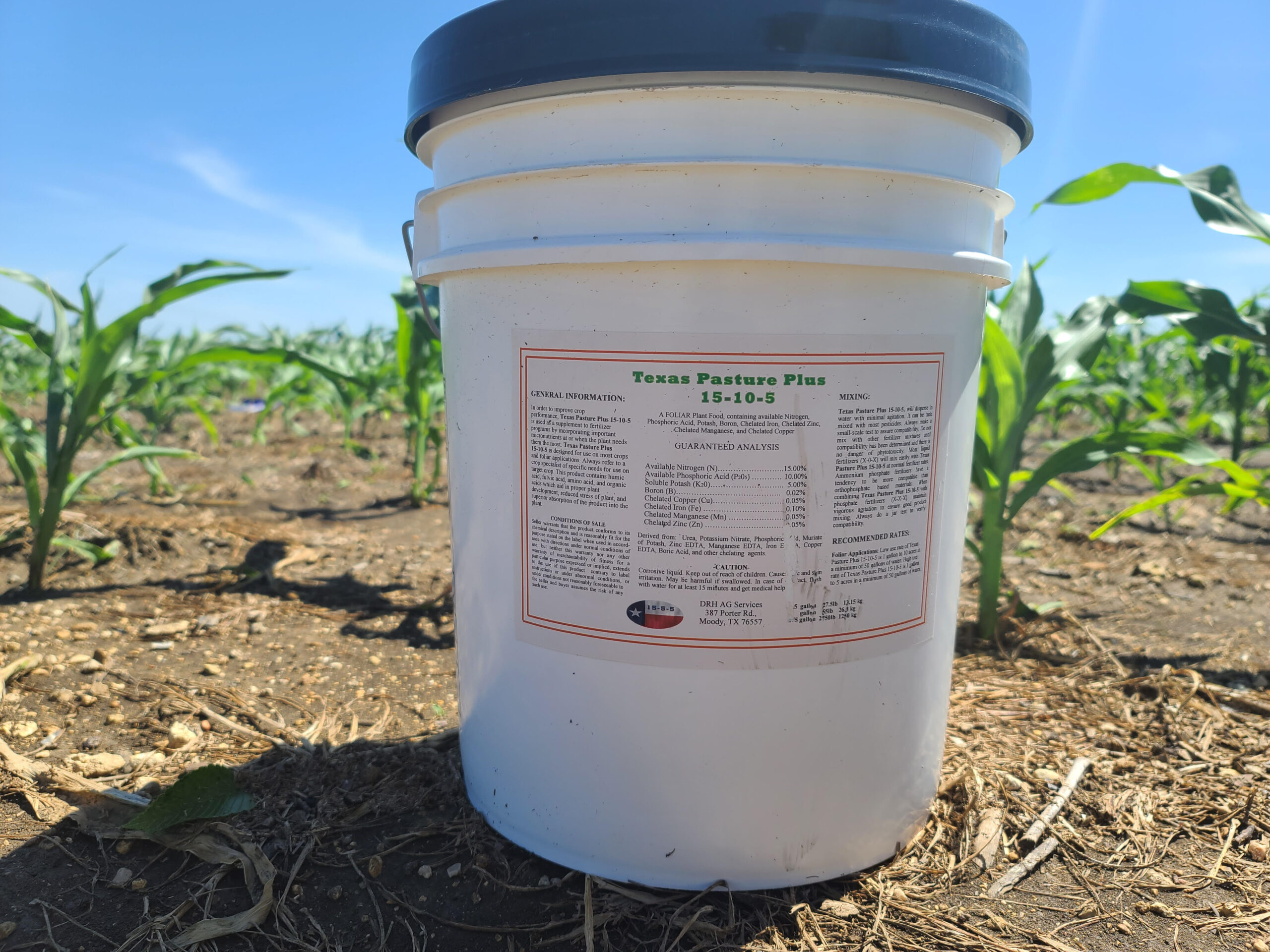
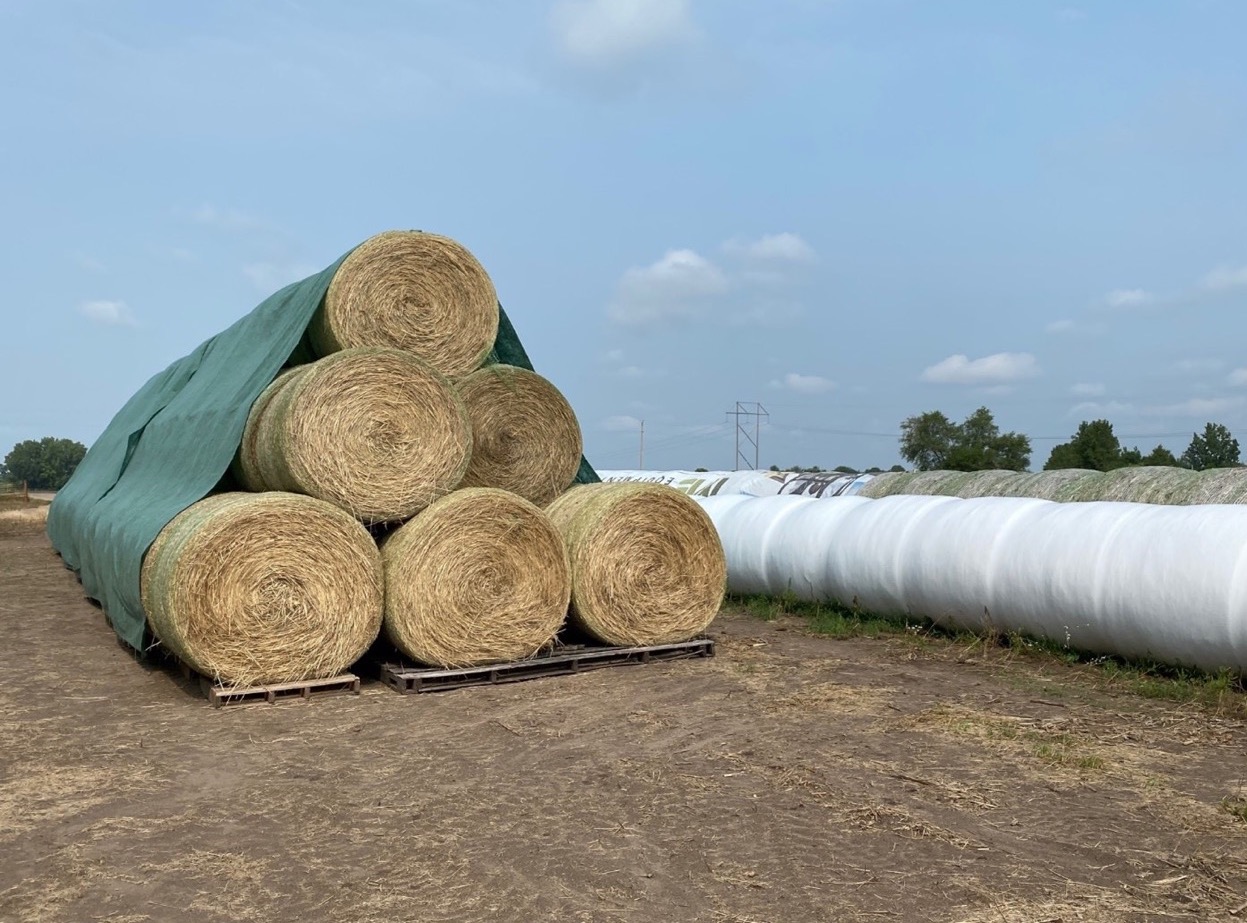
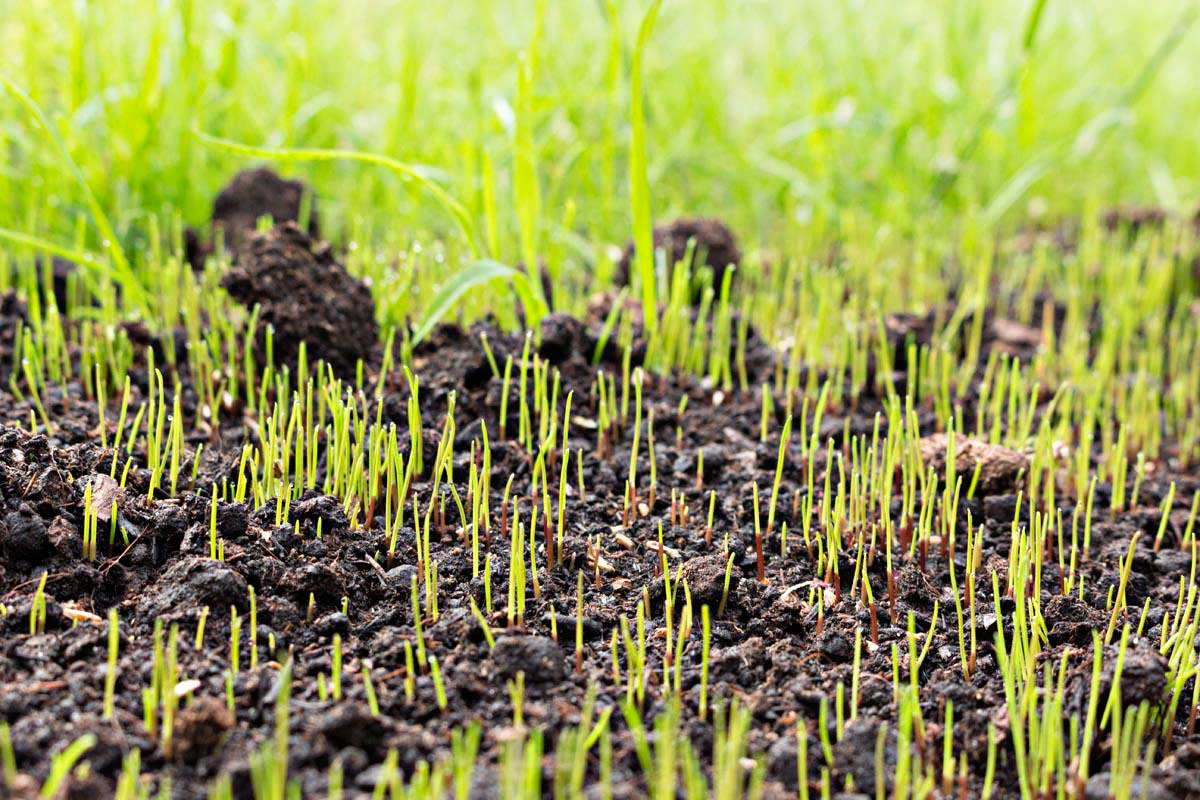
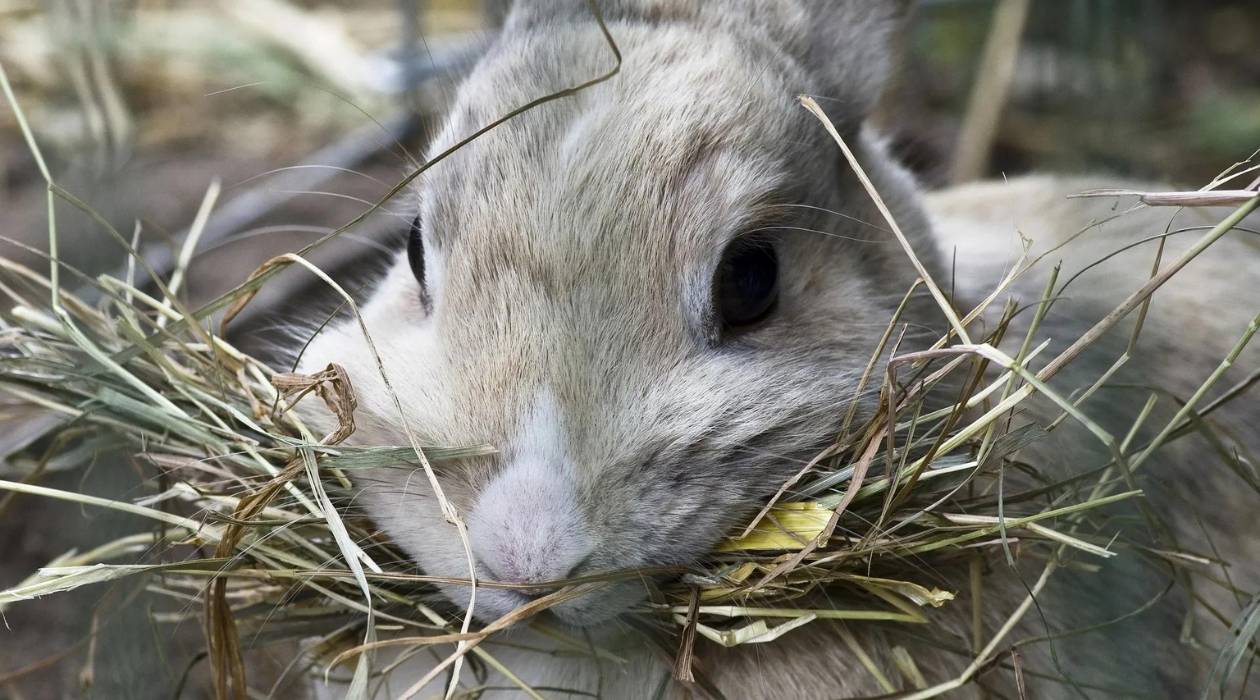
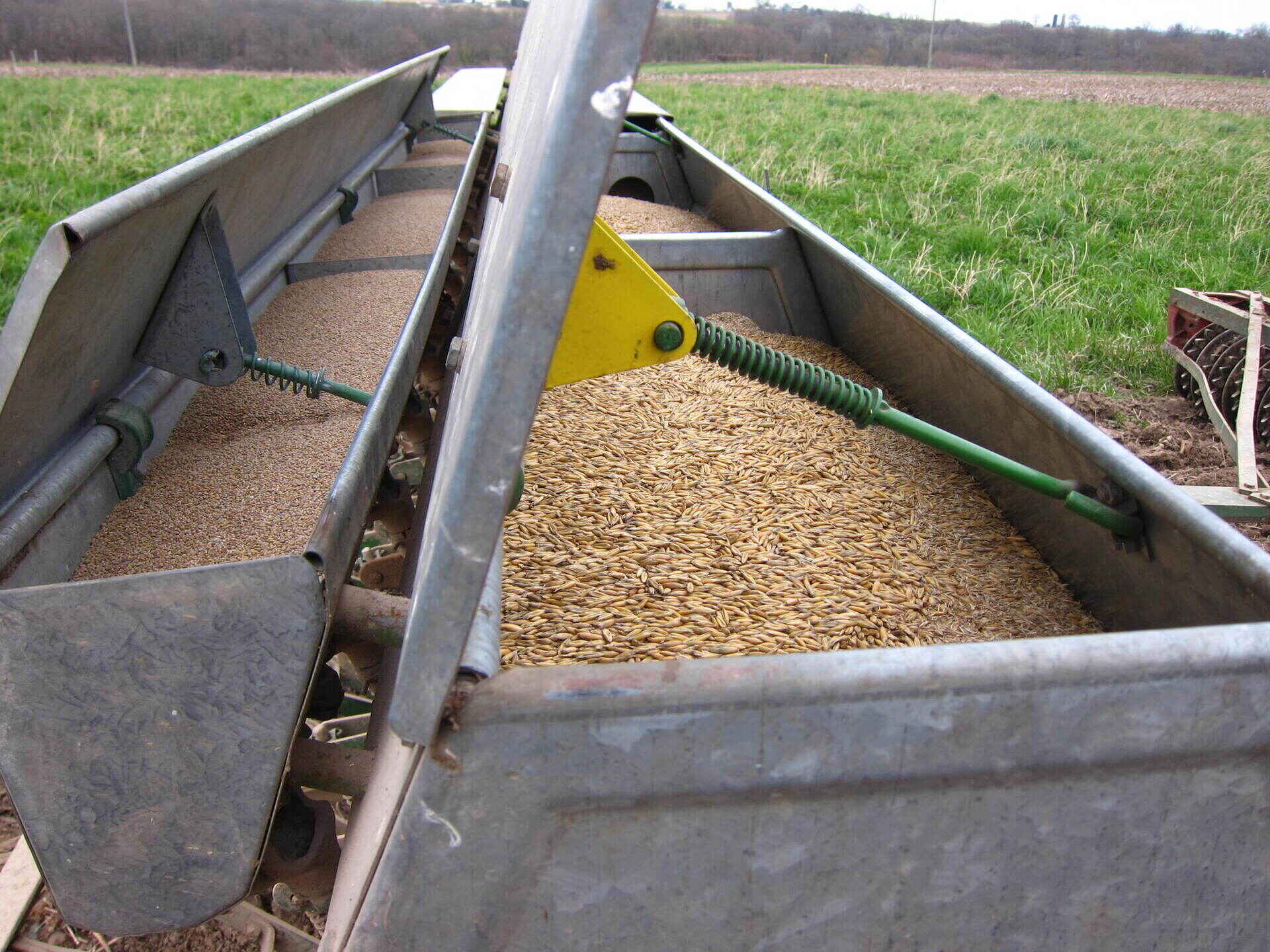
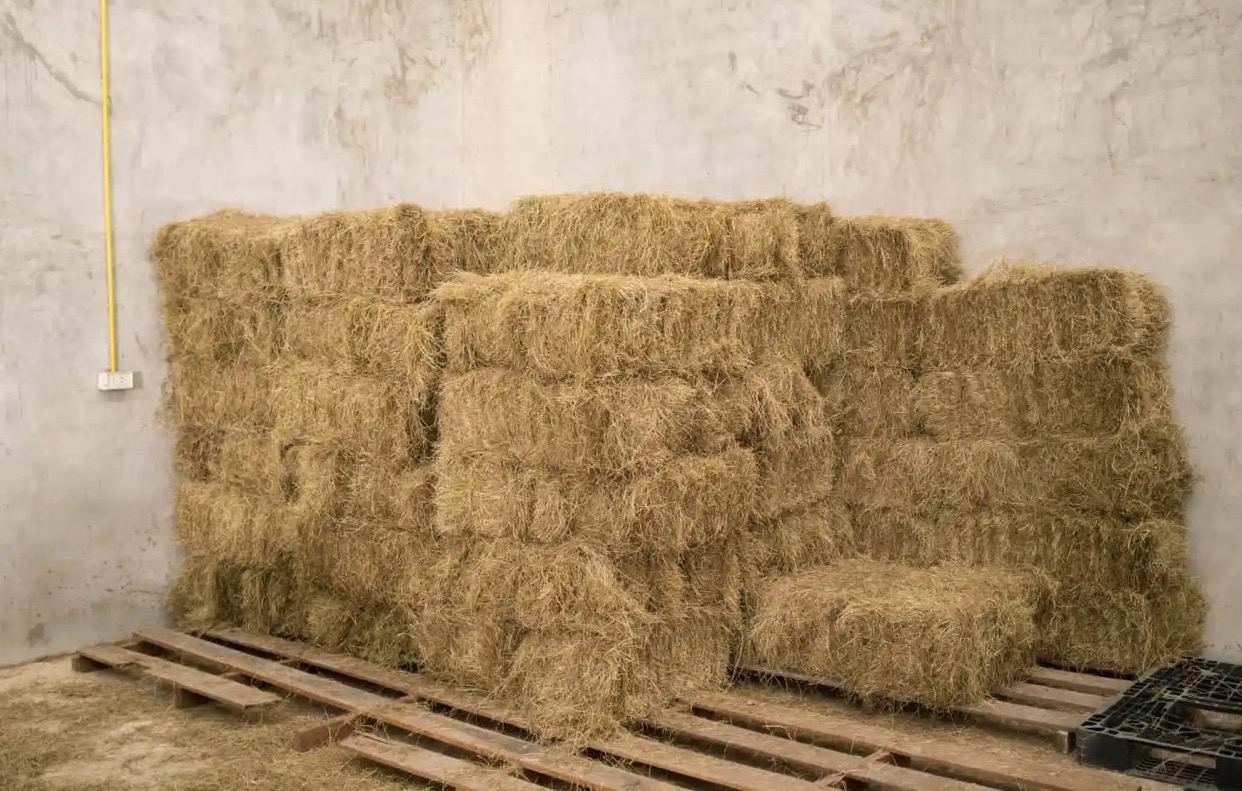
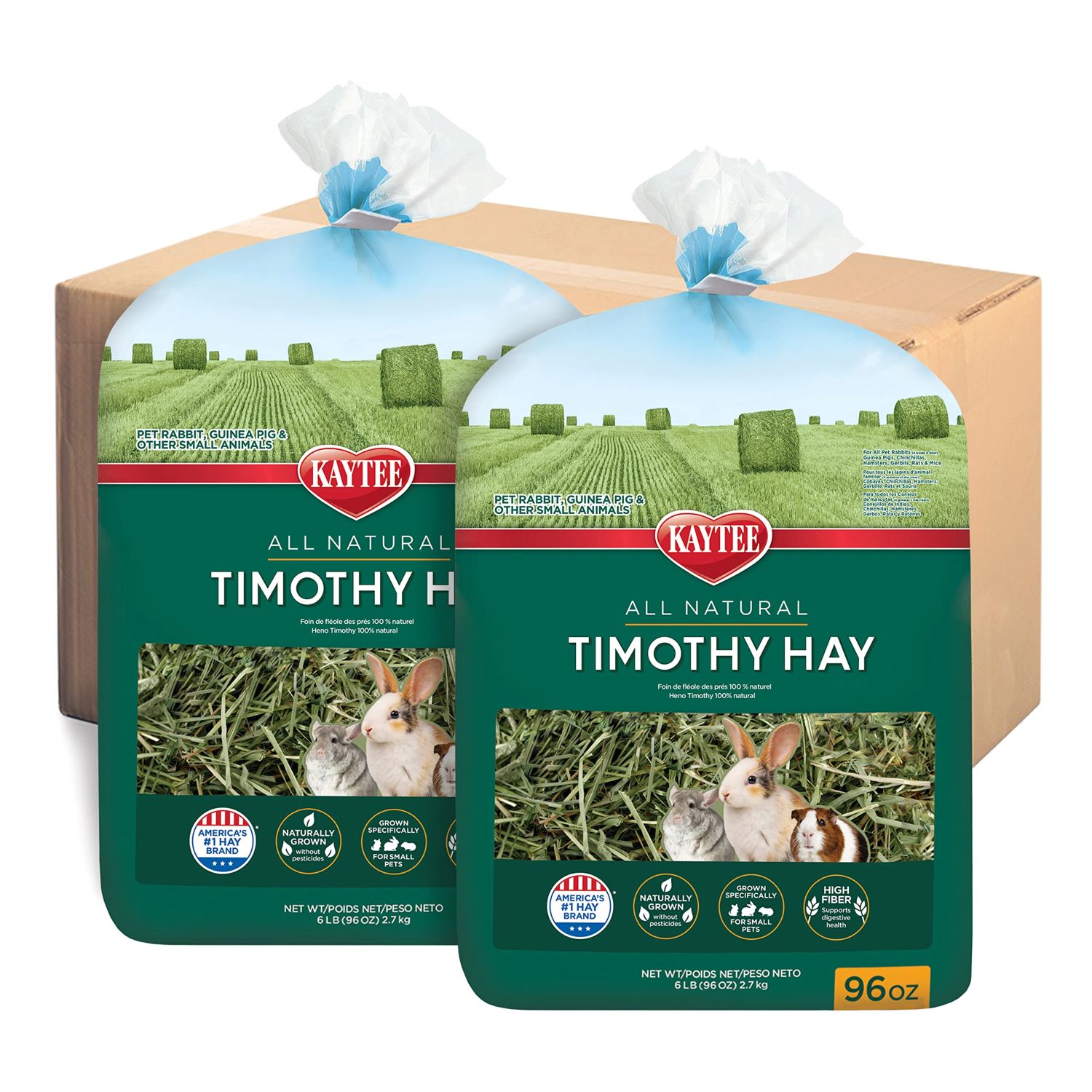
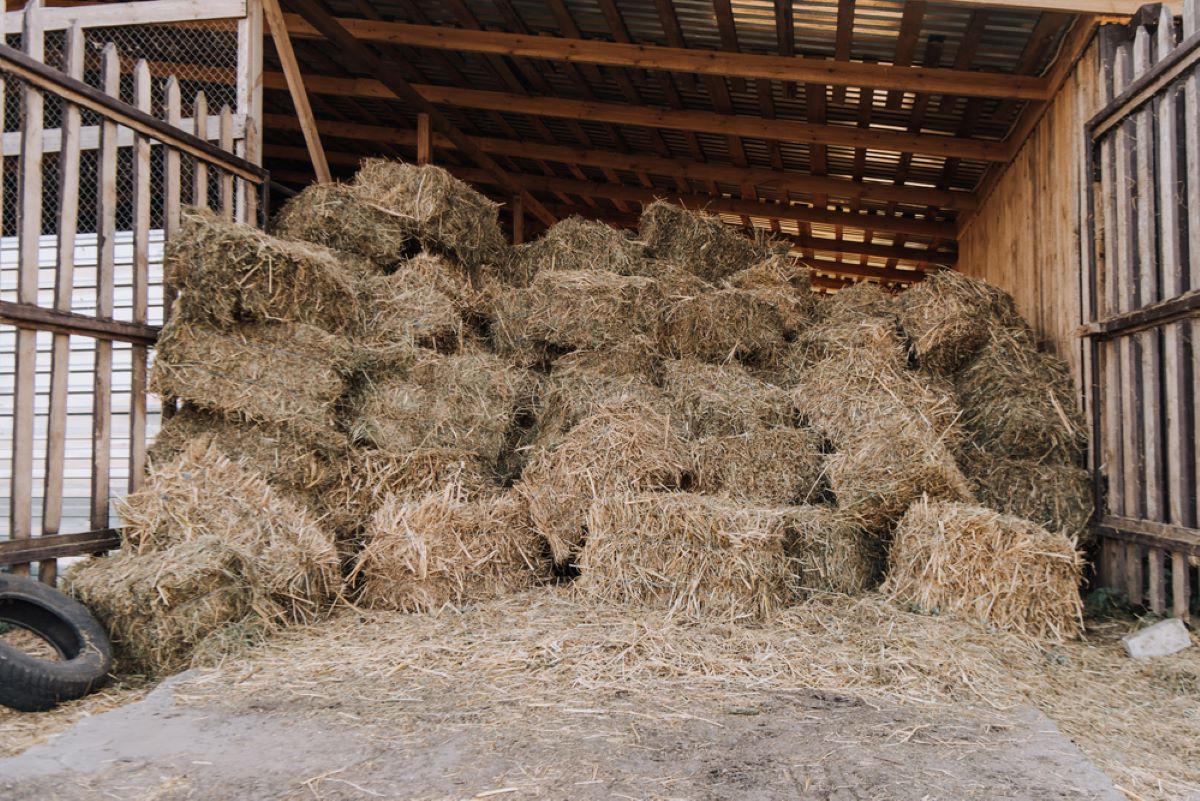
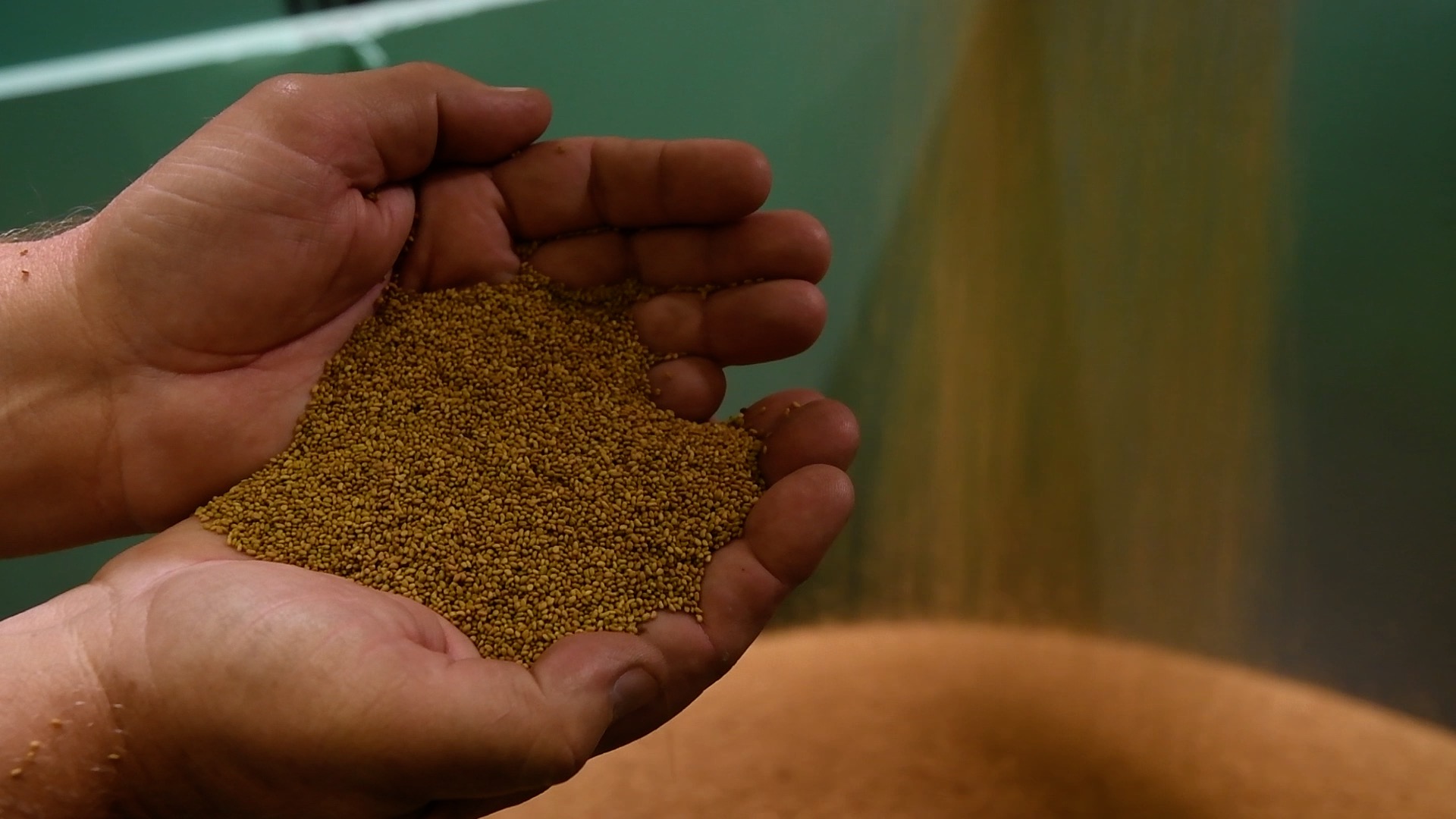

0 thoughts on “What Is Grass Hay”